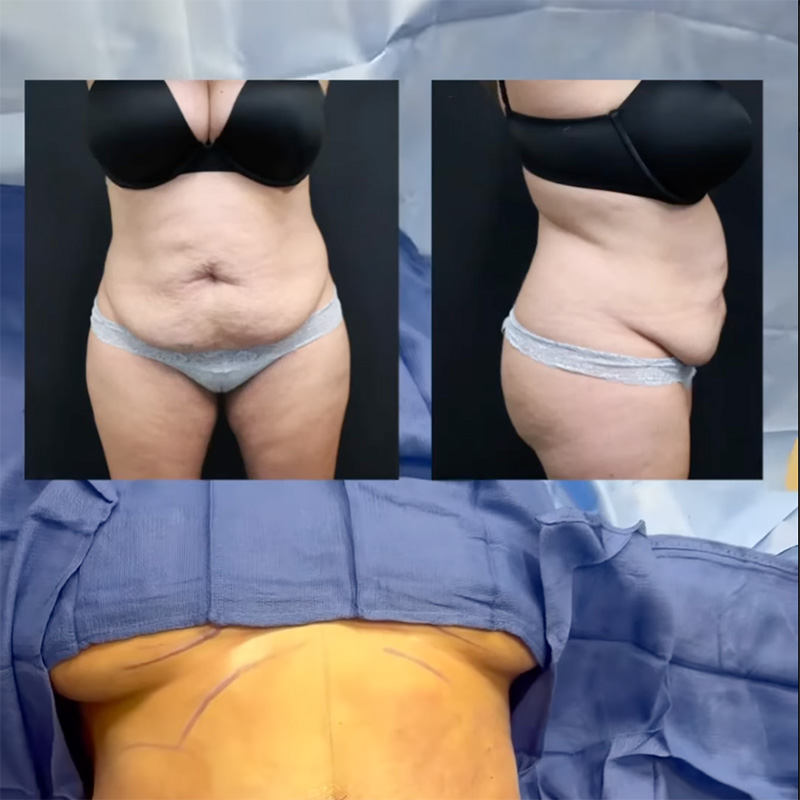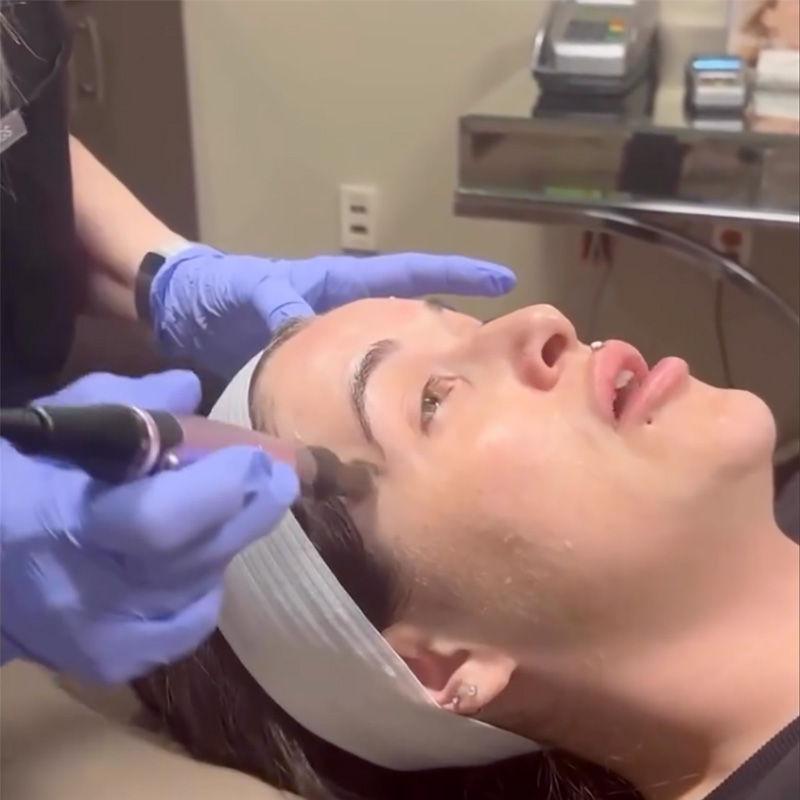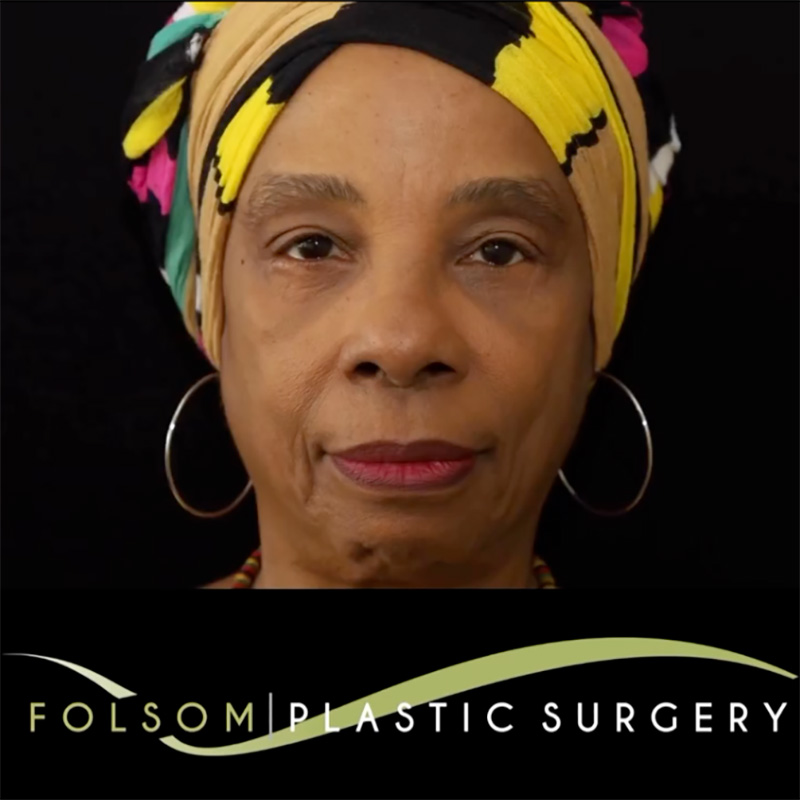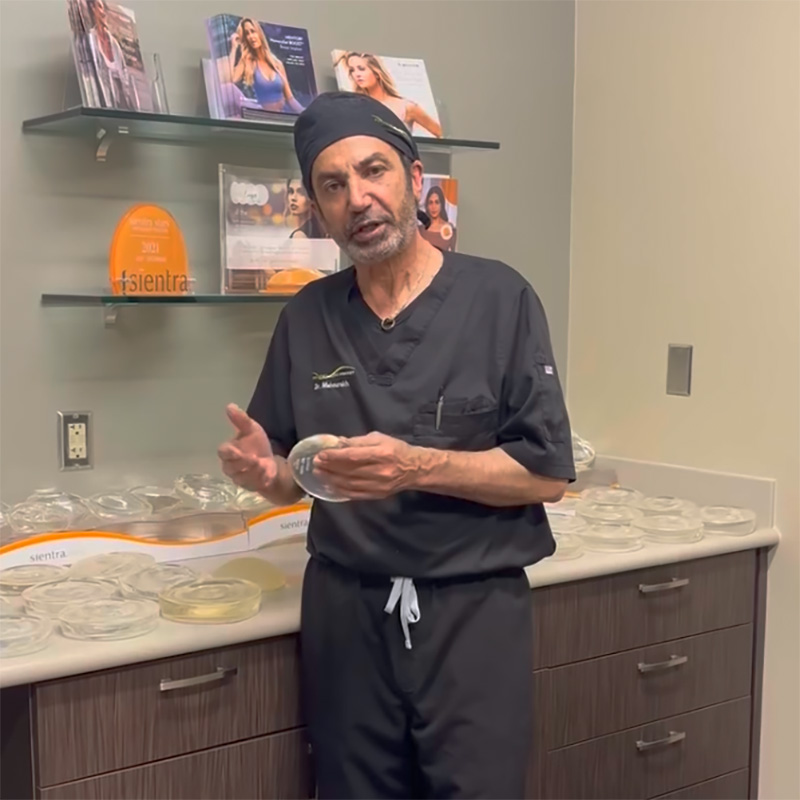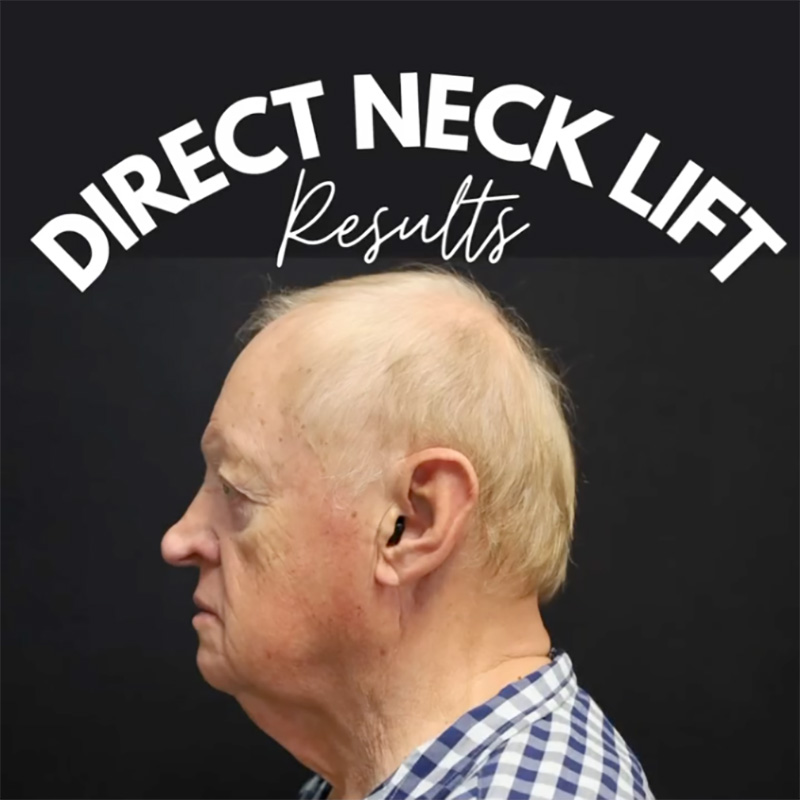Breast augmentation is the most popular procedure in the world, with 279,143 procedures performed in the United States alone last year according to the American Society of Plastic Surgeons. The procedure’s popularity has lead to safer surgical techniques, better implant quality, and more options that lead to shorter recovery times, minimal scars, reduced risks, and more natural-looking results. Dr. Mabourakh reviews the many options for breast augmentation with every patient during their consultation to arrive at a customized surgical plan. The best choices will depend on your physical anatomy, but they will also ultimately depend on what you desire.
What Do You Desire?
Reduced Risks
As with any surgical procedure, there are certain risks associated with breast augmentation. Some of these risks are more common than others and occur even in the most experienced surgeon’s hands. Infection, capsular contracture, and implant rippling are some of the most common complications, but they can be lessened with particular surgical choices.
Capsular Contracture
The incidence of capsular contracture is highly unpredictable, and a chief cause has not been determined. However, a lower rate of the complication is associated with implant placement beneath the muscle, which is most likely due to reduced bacteria exposure. Since large implants can stretch the soft tissue surrounding the implant and increase the risk of infection (which can lead to capsular contracture), choosing an implant size that will not stretch the tissues extensively is a better option for patients concerned with this risk. Infection that leads to contracture can also be avoided by choosing the inframammary incision location, which avoids milk ducts and sweat glands that can harbor bacteria. Also, the “no touch” technique using the Keller Funnel will reduce the risk of capsular contracture formation. Dr. Mabourakh also recommends the use of vitamin E orally 800 to 1000 mg per day to reduce capsular contracture.
Reduce the risk of capsular contracture with these breast augmentation choices:
- Implant placement beneath the muscle
- Implants that are not too large
- Inframammary incision
- Highly cohesive, form-stable silicone implants
- No touch technique with use of Keller Funnel
- 800 to 1000 mg of vitamin E orally each day
Infection
Infection is another common complication that can often be prevented. The patient should follow postoperative instructions to keep the incisions clean and dry. Dr. Mabourakh can also reduce the incidence of infection by taking the “no-touch” approach during surgery, which means that the implants do not touch anything—the patient’s skin, the surgeon’s hands, or any foreign object—before entering the body. Dr. Mabourakh uses a tool called the Keller Funnel®2 to safely and gently the insert implants without touching them.
Reduce the risk of infection with these breast augmentation choices:
- Submuscular implant placement
- Inframammary incision
- Follow postoperative instructions for wound care
- Application of “no-touch” technique
Implant Rippling
Implant rippling or wrinkling is more likely to appear in patients who are thin, have a small amount of existing breast tissue to cover the implants, or have thin skin. Since saline implants are round and not cohesive like silicone implants, the best choice to prevent implant rippling is a highly cohesive silicone gel implant. Implant placement beneath the pectoral muscle will also camouflage any implant wrinkles for the most natural-looking result. Implants that are too large or improperly sized can also lead to visible rippling because they may stretch and thin the breast tissue.
Reduce implant rippling with:
- Highly cohesive silicone gel implants
- Submuscular implant placement
- Appropriately sized implants
Shorter Recovery Time
While implant placement below the pectoral muscle has many advantages, it may result in a more difficult or slightly longer recovery than implant placement above the muscle. Choosing implants that are very large can also make recovery longer and more difficult.
Reduce recovery time with:
- Subglandular implant placement
- Appropriately sized implants
Minimal Scars
Scars with breast augmentation are unavoidable, but they are well-hidden with certain incision locations. The periareolar incision involves one incision around the areola, which will hide the scar along the line where the skin pigmentation changes. The inframammary incision is another popular choice because the scar is well-hidden beneath the breast where the skin naturally folds.
Minimize scars by:
- Choosing either the periareolar or inframammary incision, depending on preference
- Follow postoperative instructions for wound care
- Use of scar gel from our office
Your Breast Aesthetics
Natural-Looking Breasts
Many patients desire very natural-looking results, while others want rounder breasts with prominent cleavage. For a more natural look, patients can choose to increase their breast size only one to two cups. Anatomically shaped implants also appear more natural, and silicone implants are said to look and feel more natural than saline.
Achieve the most natural-looking breasts with:
- A subtle size increase
- Submuscular implant placement
- Anatomically shaped implants
- Silicone gel implants
Fuller Breasts With Prominent Cleavage
Patients who want a fuller breast appearance can choose implants that have a higher projection, are a larger size, have more fullness in the upper pole of the breasts with saline implants, and are inserted above the muscle. Implants with a wide base diameter may be ideal for patients who have a wide-set chest to begin with.
Achieve larger, fuller breasts with:
- A large implant size
- High implant projection
- Round saline implants
- Subglandular implant placement
- Implants with a wide base diameter
Dr. Mabourakh is happy to guide you through the decision-making process and help you arrive at a surgical plan that will meet your goals. To schedule your consultation for breast augmentation, please call (916) 984-8585 or fill out our online contact form today.


